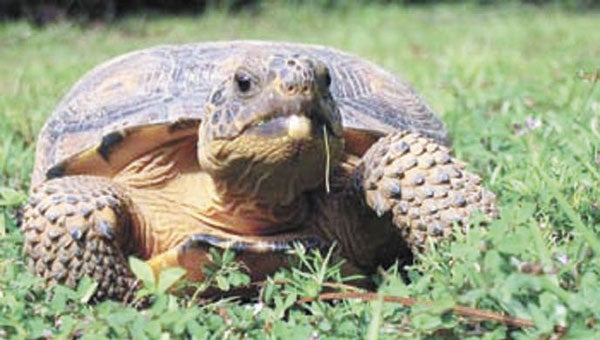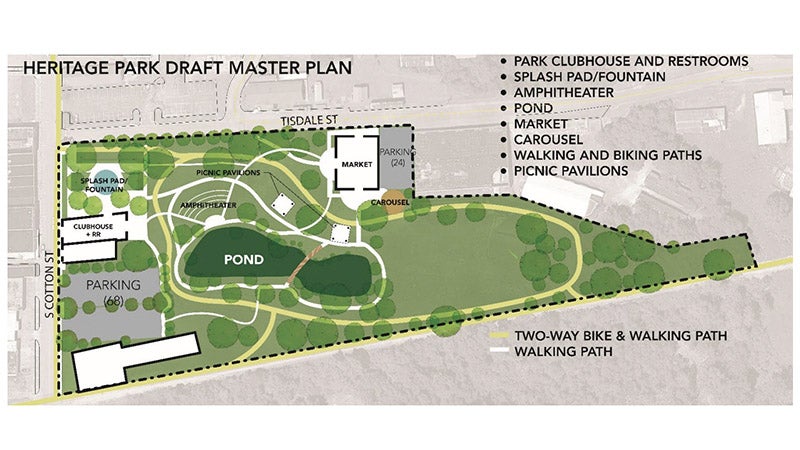Program to help restore tortoises
Published 12:08 am Saturday, December 22, 2012

A partnership offered though the USDA allows landowners to help restore the gopher tortoise. | Photo courtesy of Outdoor Alabama
For years, there has been a massive effort to help restore the gopher tortoise population, and now local residents have the opportunity to be a part of that initiative.
Thanks to a partnership offered through the USDA’s Natural Resources Conservation Service, landowners may voluntarily restore and protect habitat for the gopher tortoise.
This program targets at-risk wildlife species from across the country.
In Alabama, the gopher tortoise is known by names such as gopher, gopher turtle or Hoover chicken, and it burrows in underground dens up to nine feet deep and 20-to-30-feet long.
The burrows provide an escape cover for many species of animals.
The gopher tortoise is a species of concern in six states, including Alabama, where it is a protected non-game species; populations west of the Tombigbee and Mobile Rivers are federally listed as a threatened species, according to the Gopher Tortoise Council.
According to Outdoor Alabama, the best populations in Alabama are found in longleaf pine-scrub oak-wiregrass sand hills that are frequently burned.
There are very few public places that have tortoise populations in the state and only the Conecuh National Forest south of Andalusia and Fort Rucker Military Base have more than 100 individuals, the website reports.
The tortoise is declining throughout its range due to habitat loss through habitat alteration and land development, forestry practices, disease, road mortality, and other factors.
Through the NRCS program, locals can do their part to help revive the species.
“Landowners can receive financial assistance for a number of habitat management practices such as prescribed burning,” NRCS state conservationist Dr. William Puckett said.
And those landowners with gopher tortoises on their property will rank highest for funding allocations.
Dr. Mark Bailey, a local wildlife biologist who has been active in conservation for many years, said the program is a good one.
“I see no downsides,” he said. “It provides financial assistance to folks who would like to restore and or manage longleaf pine forest, the habitat of several declining species such as gopher tortoises and bobwhite quail. A lot of landowners would like to plant longleaf, establish native grasses, prescribe burn, etc., but the cost might have been an obstacle. This program is geared toward helping these folks out.”
Financial assistance is available for practices such as:
• Longleaf pine planting at any spacing between 10 x 12 feet, which is 363 trees per acre or 8 x 12 feet, which is 454 trees per acre.
• Pre-commerical thinning to below 500 trees per acre.
• Native warm season grass and forbs planting.
• Mid-rotation release of pine timber by removing hardwood brush.
• Release of young longleaf pine trees by removing hardwood competition.
• Other supporting practices such as firebreaks, site preparation for longleaf planting, and invasive species control may also be eligible.
Funding for this initiative is provided through the Wildlife Habitat Incentives Program (WHIP) administered by NRCS.
Applications will be accepted on a continuous basis; however applications for 2013 funding must be received by Jan. 25, 2013.
Call 222-3519, Ext. 3.





